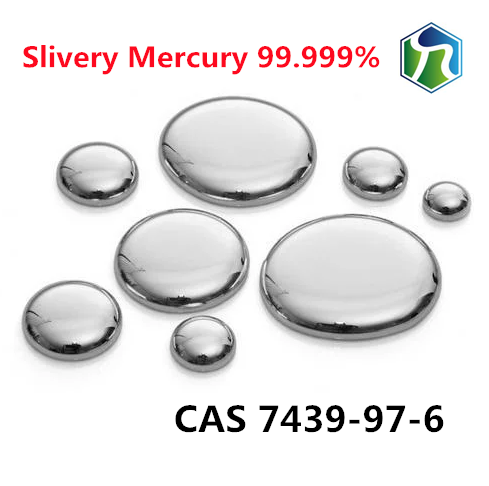
- +86-13363869198
- weimiaohb@126.com

Nov . 07, 2024 08:21 Back to list
Exploring the Chemical Structure and Properties of Curcumin for Health Benefits
Curcumin A Marvelous Compound with a Unique Chemical Structure
Curcumin is a bioactive compound found in turmeric (Curcuma longa), a spice widely used in culinary practices and traditional medicine, particularly in South Asia. This compound is renowned for its vibrant yellow color and is primarily responsible for many of turmeric's health benefits. Understanding curcumin's chemical structure is essential to grasp its mechanisms of action and potential therapeutic applications.
Curcumin A Marvelous Compound with a Unique Chemical Structure
One of the most significant aspects of curcumin’s chemical structure is its ability to form various tautomeric forms. The keto-enol tautomerization allows curcumin to exist in equilibrium between its keto form (having a carbonyl group) and enol form (having a hydroxyl group). This tautomeric phenomenon enhances curcumin's reactivity and versatility, allowing it to interact with a wide range of biological targets.
curcumin chemical structure

Furthermore, curcumin’s structure contributes to its low bioavailability, which poses challenges in clinical applications. Its hydrophobic nature limits its absorption in the gastrointestinal tract, leading to low systemic concentration after oral consumption. To overcome this limitation, researchers have explored various methods to enhance curcumin's bioavailability, such as using nanoparticles, liposomal formulations, and combining it with piperine (an active compound in black pepper). These strategies aim to improve absorption and therapeutic efficacy.
The biological activities of curcumin are diverse, attributable to its unique chemical structure. Curcumin has been extensively studied for its anti-inflammatory, antioxidant, anticancer, and neuroprotective properties. It modulates various signaling pathways, including nuclear factor-kappa B (NF-kB), mitogen-activated protein kinase (MAPK), and Janus kinase/signal transducer and activator of transcription (JAK/STAT), which play crucial roles in inflammation and cell survival. By regulating these pathways, curcumin exhibits potential against many chronic diseases, including cancer, diabetes, cardiovascular diseases, and neurodegenerative disorders.
In addition to its health benefits, curcumin’s color and flavor profile make it a popular ingredient in food and cosmetics. Its antioxidant properties also add to its appeal in skincare formulations, as it helps combat oxidative stress, a significant contributor to skin aging.
In conclusion, curcumin is a remarkable compound characterized by its unique chemical structure, which plays a pivotal role in its biological activities and therapeutic potential. Despite its low bioavailability, ongoing research continues to unlock new methods to enhance its absorption and efficacy. As scientific interest in curcumin expands, it holds promise not only in traditional medicine but also in modern pharmacology and nutraceuticals. The future may see curcumin emerging as a vital ingredient in health promotion and disease prevention, bringing ancient wisdom into the realm of contemporary science.
-
GS-441524 White Liquid Production for Factories | AI-Optimized
NewsAug.02,2025
-
AI-Optimized CAS: 79099-07-3 Factories for High Yield
NewsAug.01,2025
-
Premium CAS 1451-83-8 Factory with GPT-4 Turbo | AI-Optimized
NewsJul.31,2025
-
Pharmaceutical Intermediates - AI-Optimized Synthesis & Purity
NewsJul.31,2025
-
Top CAS: 79099-07-3 Factories & Wholesale Supplier from China
NewsJul.30,2025
-
High-Quality GS-441524 for White Liquid Type Factories & Suppliers
NewsJul.29,2025